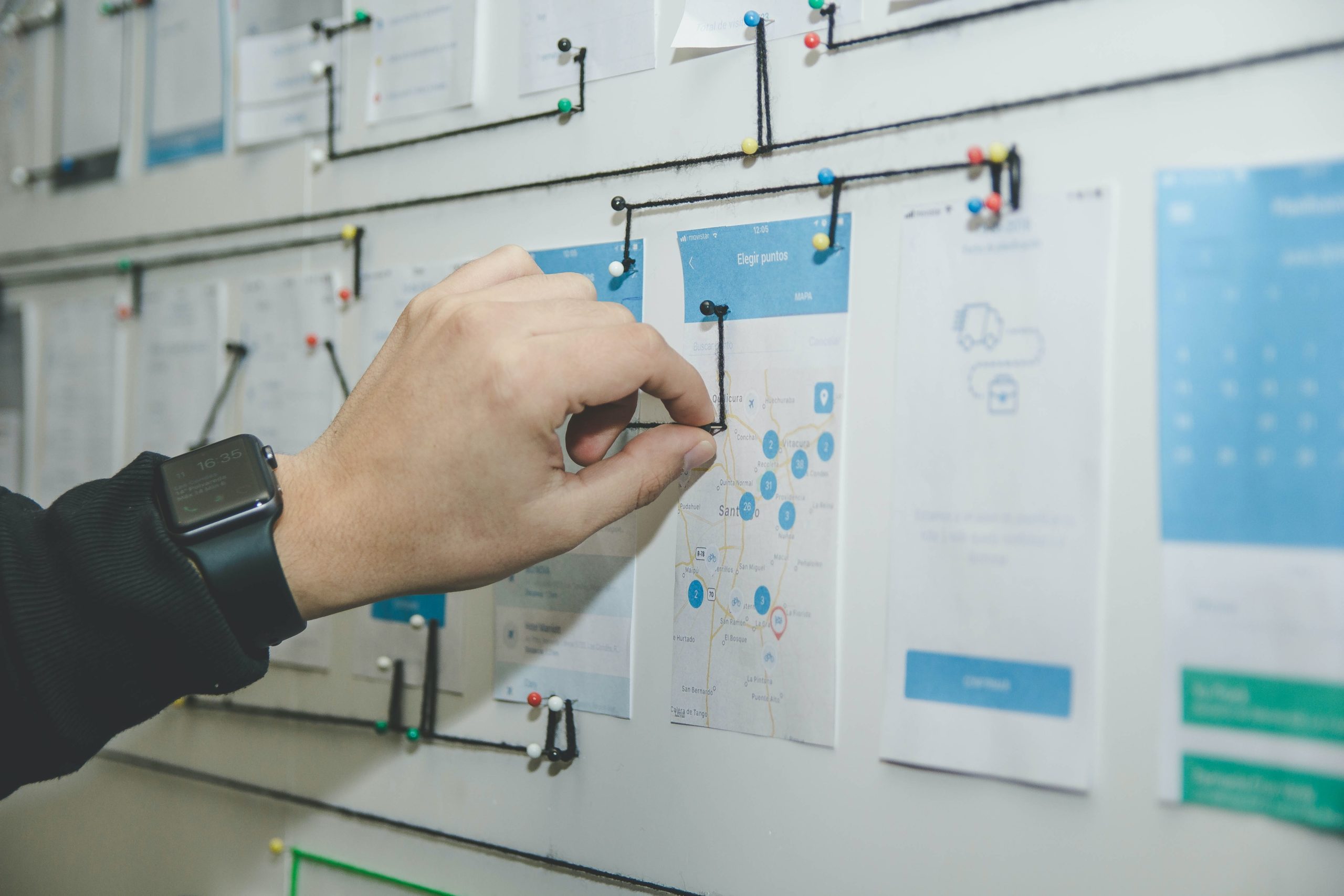What's covered
- Learn the 7 critical elements of a successful disaster recovery plan
- Use this as a checklist for your DR planning and plan validation
Read article
Your disaster recovery plan consists of more than just how you are going to recover your systems and applications. When a disaster happens, there is a lot involved before recovery is initiated.
- Communication: Ensure lines of communication between employees remain open during a disaster. Services you normally rely on might be limited or unavailable. Don’t depend on email or cell phones. Make sure landline numbers are accessible and even think about two-way radios. Consider arranging a certain location where people can meet, if all else fails.
- Contacts and Defined Roles & Responsibilities: Who does what? The roles and responsibilities of everyone involved in the DR plan should be clearly laid out. Individuals should be aware of their specific duties and everyone needs to know whom to contact to get the ball rolling. Ideally, you should have a backup assigned for each role, but certainly for those key decision makers.
- Logins: Hopefully, the only person with access to initiate your recovery process is not on holiday, trekking in the mountains without a phone signal. Restricting access to only the people who need it is certainly a good idea, but make sure there is more than one person who can access the systems necessary to perform the recovery.
- Remote Access to Initiate Recovery: We are rarely tied to a single location during our daily routines, so the ability to monitor and manage operations remotely becomes of great benefit. In a disaster situation, however, you may not have access to your primary facility at all. Ensuring that you are able to initiate your disaster recovery plan from another remote location is vital.
- Document Everything: Absolutely every essential activity that makes up your disaster recovery procedure should be written up with clear instructions and directions. This includes the areas already discussed but should also include step-by-step guides for people to follow. Having processes clearly described can help maintain calm and control.
- Test your plan, then test again: Testing the failover capabilities of your disaster recovery solution is of crucial importance to make sure it works when needed. But it is just as important to test the rest of your plan and make sure it is equally as robust. Test at least once a year – preferably more – and make sure the team is as familiar as they can be with their duties.
- Update your Plan: A final, small and maybe obvious point, but a very important one: Make sure your plan is up-to-date. If it’s 5 years old, you are asking for trouble. Please… update, update, update!

Melanie Magier
Marketing manager, Able One





